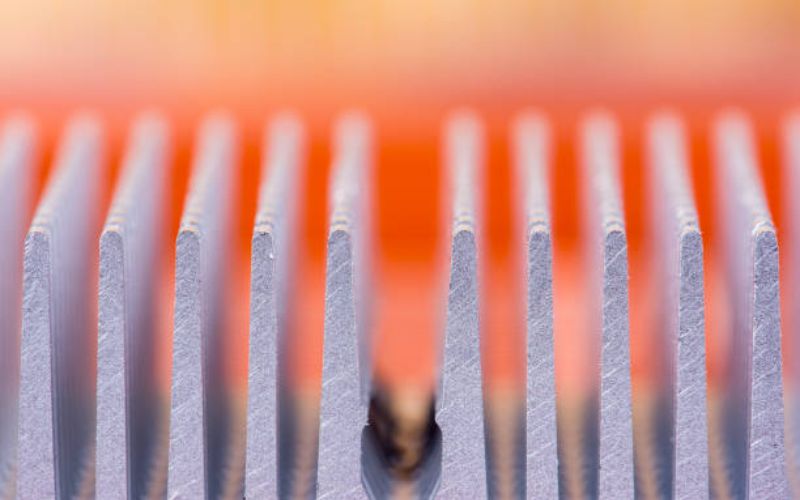Introduction
Thermal paste is a crucial component in a computer's heat dissipation system, particularly between the CPU and the heat sink. Many people wonder if thermal paste is necessary for the heat sink, or if it's possible to do without it. In this article, we'll discuss the importance of thermal paste, what it does, and why you need it for your heat sink.
What is Thermal Paste?
Thermal paste, also known as heat sink compound or thermal grease, is a silicone-based substance that is applied between the CPU and the heat sink. It fills microscopic gaps between the two surfaces, increasing the surface area of contact and promoting faster heat dissipation from the CPU to the heat sink. Thermal paste is needed to facilitate the transfer of heat between the two components, ensuring that the CPU doesn't overheat and damage itself.
Why is Thermal Paste Necessary?
Thermal paste is necessary for proper heat dissipation because it fills in the microscopic gaps between the CPU and the heat sink. These gaps can significantly reduce the surface area of contact between the two components, which can negatively impact the heat transfer process. Without thermal paste, the CPU could overheat and damage itself, leading to system failure and potential data loss.
How is Thermal Paste Applied?
Applying thermal paste is a relatively straightforward process. First, you'll want to clean any existing thermal paste from your CPU and heat sink. You can use isopropyl alcohol and a lint-free cloth to do this. Once everything is clean, apply a pea-sized drop of thermal paste to the center of the CPU's heat spreader. Then, carefully place the heat sink back on top of the CPU and apply gentle pressure to spread the paste evenly. Tighten the screws in a criss-cross pattern to ensure even pressure across the entire heat sink.
What Happens if You Don't Use Thermal Paste?
If you don't use thermal paste between your CPU and heat sink, there are several potential consequences. First, your CPU could overheat, leading to system instability, crashes, or even permanent damage. You may also notice that your computer runs louder than usual as the fans work harder to compensate for the lack of heat dissipation. In extreme cases, the CPU could be permanently damaged, requiring replacement.
What is the Best Type of Thermal Paste?
There are many different types of thermal paste available on the market, each with its unique composition and properties. Some of the most popular thermal pastes include Arctic Silver 5, Noctua NT-H1, and Thermal Grizzly Kryonaut. Ultimately, the best thermal paste for you will depend on your specific use case and budget.
Do You Need to Replace Thermal Paste?
Over time, thermal paste can dry out or become brittle, which can reduce its effectiveness. If you notice that your CPU temperatures are higher than usual, you may need to replace the thermal paste between your CPU and heat sink. It's generally recommended to replace thermal paste every 1-2 years to ensure optimal heat dissipation.
Conclusion
Thermal paste is a necessary component of any computer's heat dissipation system, particularly between the CPU and heat sink. It fills in microscopic gaps between the two surfaces, increasing the surface area of contact and promoting faster heat dissipation. Without thermal paste, the CPU could overheat and require replacement. By understanding the importance of thermal paste, you can ensure that your computer runs smoothly and reliably.

